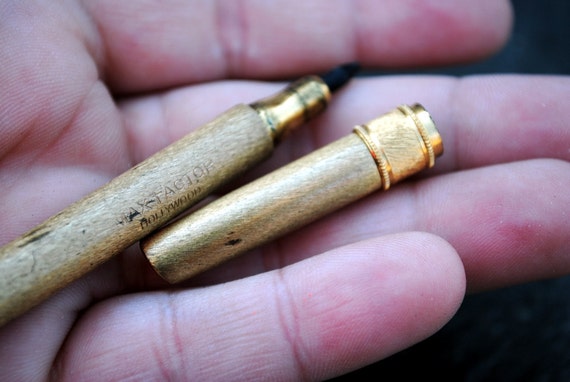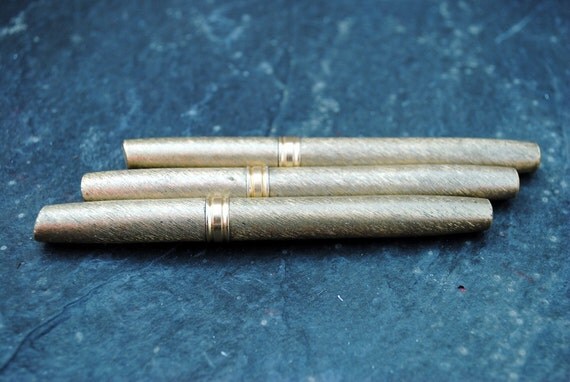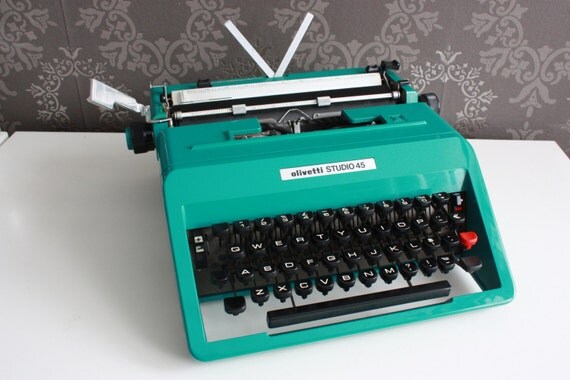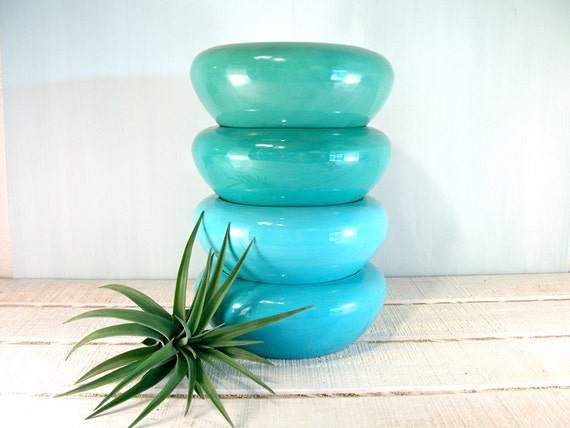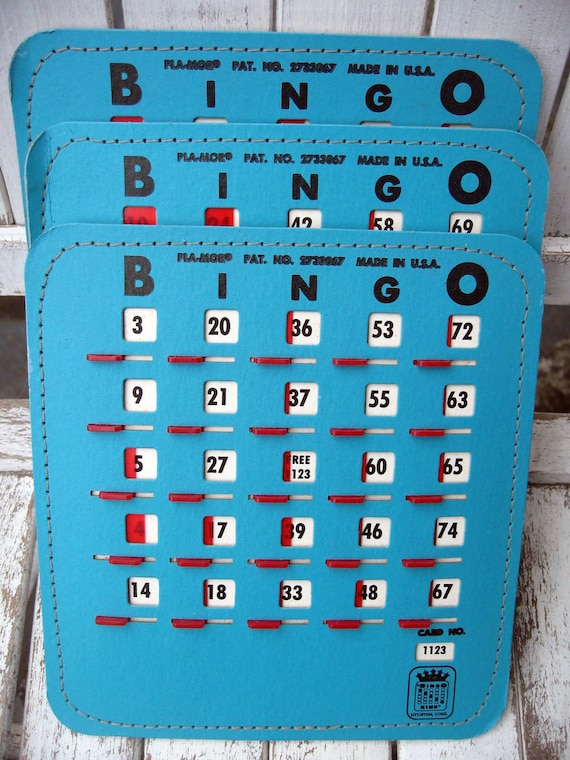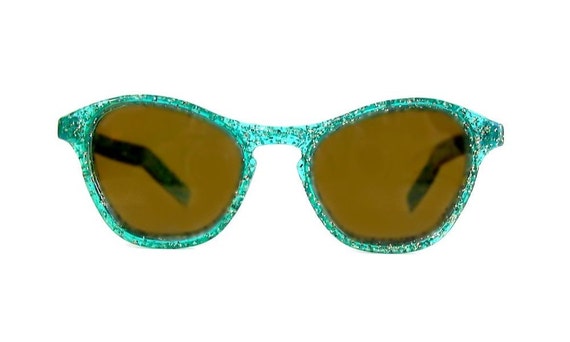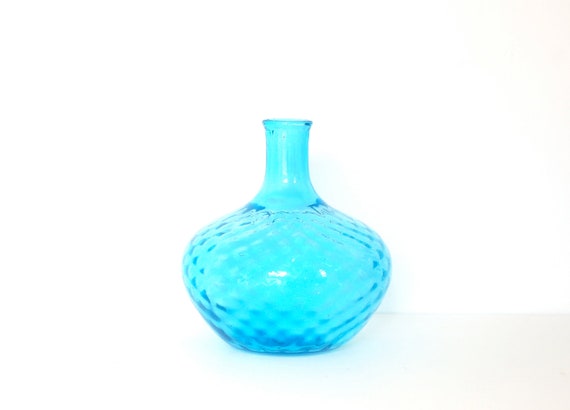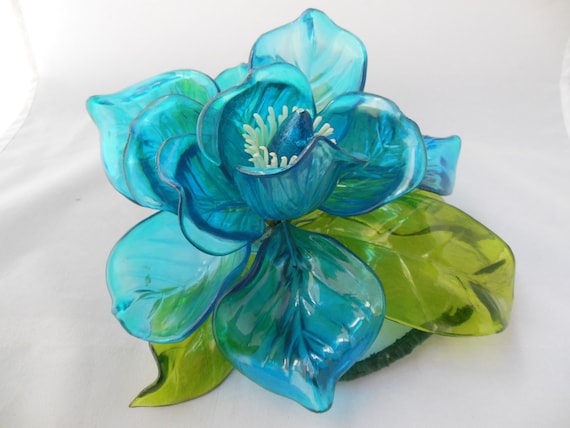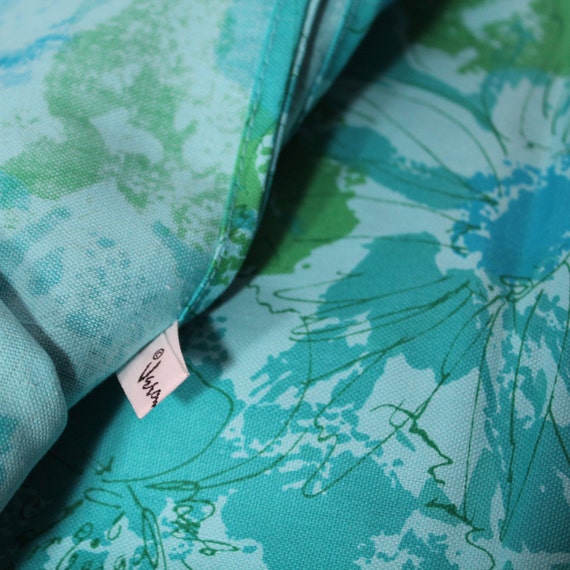I've grown up hearing about Cover Girl, Revlon, Maybelline--all of the big names in cosmetics, and I've always taken for granted that makeup is makeup, and women (and men) use it to look different. I never really thought about the historical importance that a particular brand of makeup would have (and, consequently, the man behind the name). But then there is Max Factor.
 |
| Vintage Max Factor makeup kit, from thecostumermanifesto.com |
Max Faktor started out as a pharmacy apprentice who began experimenting and mixing homemade cosmetics in a little shop in Poland. His first big break came in the late 1800s when a theatrical company wore his products during a performance for the Russian Czar and his family. They were, shall we say...royally impressed, and asked Max Faktor to act as the official makeup advisor to the Imperial Russian Grand Opera.
 |
| Vintage Max Factor rouge tin, from rubylane.com |
In 1904, he finally decided to stretch his wings (and let's face it--things weren't great in Russia in 1904, so it was probably a really good move on his part), so Faktor brought his brood to America (and became the Factor family at Ellis Island). He set up a stall at the St. Louis World's Fair later that year and started selling his cosmetics. An intelligent man, he observed a prime opportunity for someone with his particular set of skills within the growing film industry. The Factors headed for Hollywood in 1908, and by 1914 Max Factor had developed the first makeup specifically suited for film (called "flexible greasepaint"). He also made high-quality human hair wigs, which the studios begged him to rent out. He obliged, on the condition that his sons be cast as extras, so that they could guard the wigs from kleptomaniac actresses.
 |
| He developed custom lipstick shades for Hollywood's leading ladies. |
What I had never thought about was how much the chemical composition of the makeup mattered in early films. I have always just assumed that powder was powder, and lipstick was lipstick, and nails were either polished, or not. It turns out that the combination of the film type and the light source (carbon or tungsten), plus the actor's natural skin tone, made quite a challenge for the makeup artist to make the actors look normal on screen. Any transition in Hollywood's technology meant necessary product development within the cosmetics industry so that the film looked good. Max Factor was there every step of the way, for the evolution within the black and white era (some lighting was softer than others, some film types made skin look much darker, some tint was required to make fingernails look normal), and the all-important Technicolor (a completely different ball game), to the improvements in television technology. In fact, Max Factor makeup was the standard for the industry up until the arrival of HDTV.
 |
| You, too, could look like Judy Garland with Max Factor! |
He also created signature looks for some of the most iconic actors and actresses of all time. Max Factor is responsible for Clara Bow's "cupid's bow" lips, and Joan Crawford's full, dark lips. He developed customized makeups to best enhance the looks of particular actors on screen, including Judy Garland, Bette Davis, Jean Harlow, Claudette Colbert--even Rudolph Valentino had custom Max Factor makeup. He sprinkled gold dust in Marlene Dietrich's hair to make it shimmer onscreen.
 |
| Clara Bow's infamous lips. |
The next time you watch one of the classics, or gasp over some beautiful actress in a black and white movie still shot, think about the fact that a large part of what you love about it is the essence of Max Factor. The full lips, the shimmery hair, the flawless face--they attract you because of the kitchen experiments of a poor Polish immigrant, a man who helped make screen stars into beauty icons. And if you happen to collect vintage makeup, check out these recent additions to our Etsy shop:
